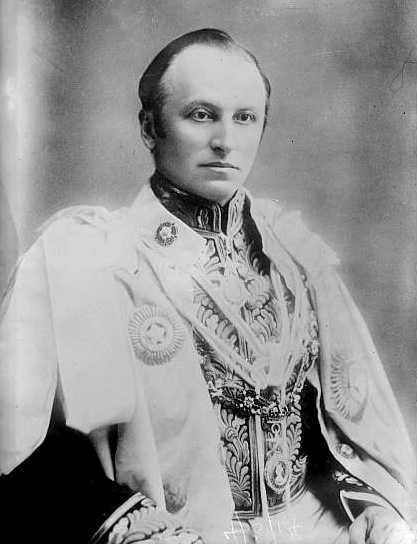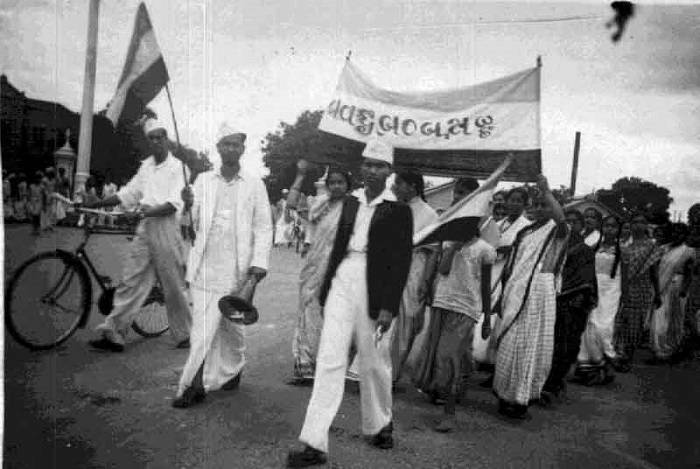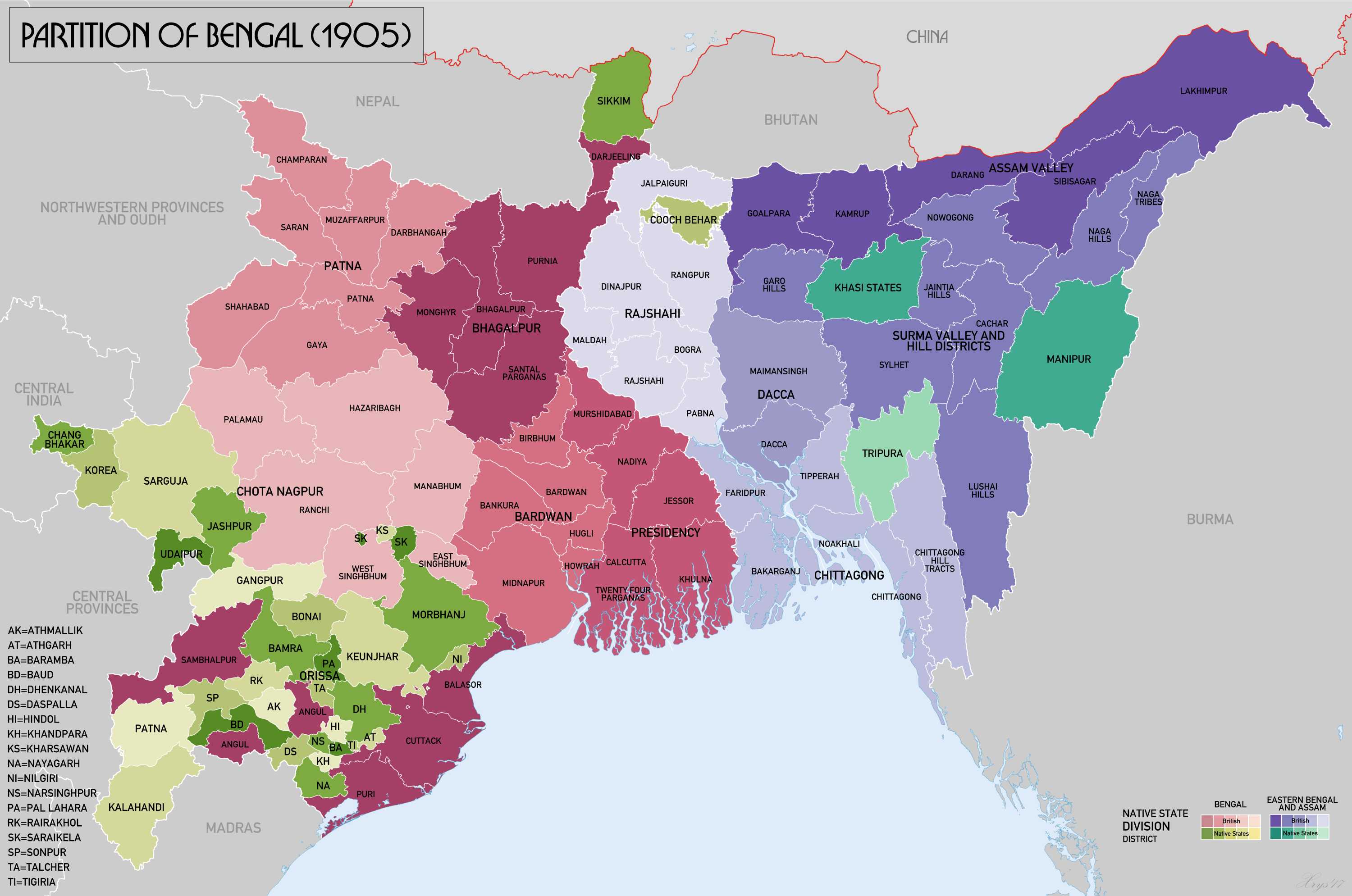Partition of Bengal was carried out in 1905 by dividing the province of Bengal into two units having capitals at Calcutta & Dhaka. Partition was known in the public domain unofficially since December 1903. It was announced officially on 19 July 1905. It was implemented on 16 October 1905.
The province of Bengal comprised Bengal, Bihar, Orissa & that its total population was about 80 million. There was a separate province of Assam since 1874; it was headed by Lieutenant Governor. East Bengal and Assam were put together with capital at Dhaka, West Bengal, Bihar, and Orissa were left together with capital Calcutta.
The province having capital at Calcutta was having total people of 54 million. Out of which 42 million were Hindus & nine million were Muslims. The other province having capital at Dhaka total people of 31 million out of which 18 million were Muslims & 12 million were Hindus.
Reasons for Partition of Bengal
Admin Inconvenience was put forward as the official explanation for the partition of Bengal. It was being emphasized that the united Bengal was too big for the administration. From one capital & admin convenience required its division into smaller units. Closer examination of circumstances leading to the partition of Bengal clearly reveals that it was a masterstroke of Curzon’s internal politics.

Lord Curzon was a strong imperialist. He was determined to wipe out every possible challenge to British Rule in India. The growing strength of the National Movement was posing a serious threat to the existence of British Rule. And to weaken it, the province of Bengal partitioned. Spirit of National Movement was strongest in the province of Bengal. In fact, Bengal National Movement was representing Indian National Movement at that time.
The Hindu-Muslims unity was a real source of strength of the Indian National Movement. Partition of Bengal was an instrument to put Hindus & Muslims against each other by creating a new Muslim majority province. The idea was to convince Muslims that British Rule was in their favor & British were the true saviors.
Scheme of partition Bengal not only planned division along the religious line but also it initialed divisions along the cultural line. In one province, Hindus were converted into a minority & in other provinces, Bengali was converted in minimum. In West Bengal, Bengalis were about 18million & non-Bengalis were 36 million.
The economic interest of the European Tea planter of Assam was also involved in the Partition of Bengal. These tea planters wanted to develop Chittagong as a part so that the exportation cost of tea could be reduced. These European planters wanted to merge the eastern district of Assam so that a fully-fledged province headed by the government could come into existence. This was expected to Europeans to give control over taxation power enjoyed by the government to their advantage.
Consequences of Partition of Bengal
Partition of Bengal produced result that was never anticipated instead of weakening the Indian National Movement, the Partition of Bengal intensified it greatly. The decision of the government to implement the Partition of Bengal, despite repeated requests & opposition of Indian nationalists shattered Indian faith in the British sense of justice & fairness.

Every Indian-nationalist realized that British rule was essential colonial. The petitions & prayers were failed on deaf British ears. This proved extremists were correct that British rule was essentially exploitative & anti-Indian. To oppose the Partition of Bengal Indian Nationalists launched the “Swadeshi Movement”. On 7th August 1905, Indian nationalists assembled in Calcutta Town Hall & decided to launch the swadeshi movement.
In December 1905, at Banaras session of congress, preside over by Gopal Krishna Gokhale. Congress officially sanctioned the launching of the swadeshi movement. The launching of the swadeshi movement transformed the character of the anti-British struggle because National Movement activities came out into the streets, moderates pushed into the background & extremists came out to the forefront of the anti-British struggle.
The chain of events triggered by the Partition of Bengal & launching of the swadeshi movement culminated in the independence of India in 1947 because with time Indian National Movement continued to increase & ultimately British had to leave India. Anti-Partition Agitation gave a new objective to India’s struggle against British Rule.

In December 1906, at the Calcutta session, the congress adopted the goal of Swaraj reforms & concessions were no longer inspiring India’s struggle against British Rule. The anti-partition agitation gave new methods of struggle against British Rule. Weapons of swadeshi & boycott were adopted the first time to pressurize British Rule for accepting Indian demands. This method became an integral part of the struggle hereafter.
Swadeshi movement was the first Pan India movement in a limited way because anti-partition national activities were not only limited to Bengal. In Punjab, Lala Lajpat Rai & Sardar Ajit Singh laid swadeshi movement.
In Delhi, Swadeshi Movement was laid by Sayyed Haider Raja. In Madras, Hari Sarvottama Rao was leading the swadeshi movement. Bal Gangadhar Tilak was the most prominent leader in Maharashtra. In Bengal, Surendernath Banerjee, Arvind Ghosh & Bipinchandra were leading the movement. Partition of Bengal gave a burning nationalist issue to Indians. It could be used to mobilize common masses. As a result of which social base of the anti-British struggle got widened significantly.
Women, students, workers as well as peasants participated in the swadeshi movement. Swadeshi movement also strengthened the cultural foundation of anti -British struggle. The day partition came into force (16 October) was celebrated as Rakshabandhan day Hindu & Muslim tied Rakhi to each other. Both the communities kept fast on this day to oppose the Partition of Bengal.
Gurudev Rabindranath Tagore composed “Aamar Sonar Bangla” to infuse new energy among Indian nationalists fighting against British Rule. The nationalist school of painting emerged with Shanti Niketan as a headquarter. The painting of Bharat Mata by Rabindranath Tagore inspired nationalists to fight against British Rule.
National music also got a boost in the partition. Swadeshi movement also strengthened the economy which laid the foundation of India’s struggle against British Rule because indigenous industries got a boost during anti-partition agitation. Acharya Sir Prafulla Chandra Ray established a Bengal chemical factory. Swadeshi Steam Navigation Company was founded by O Chidambaram Pillai.
Tata Iron and Steel Company was founded in 1907. The indigenous textile industry got a boost due to the boycott of foreign goods. When Partition of Bengal was canceled in 1911, it greatly emboldened Indian Nationalists. It was a hard-fought victory & it inspired Nationalists to fight against British Rule with greater resolve in the future.

